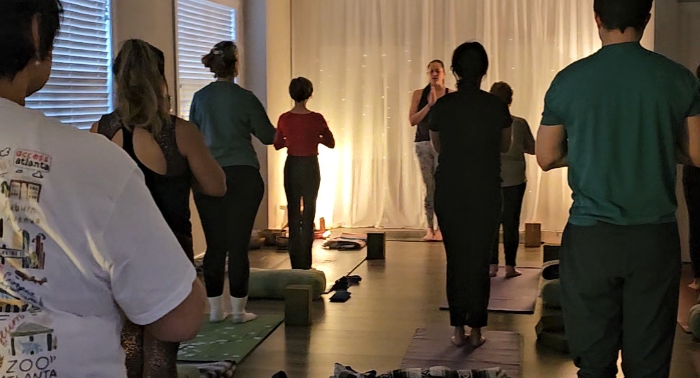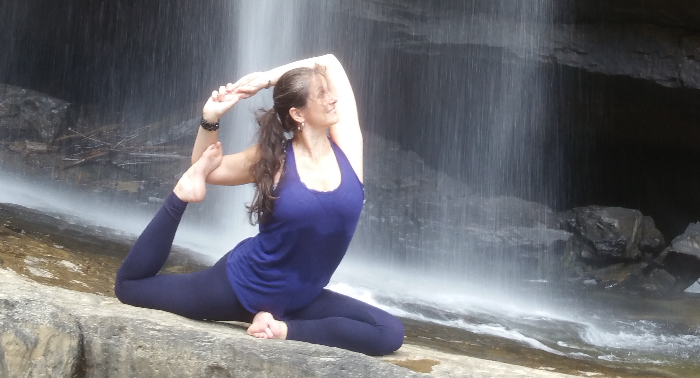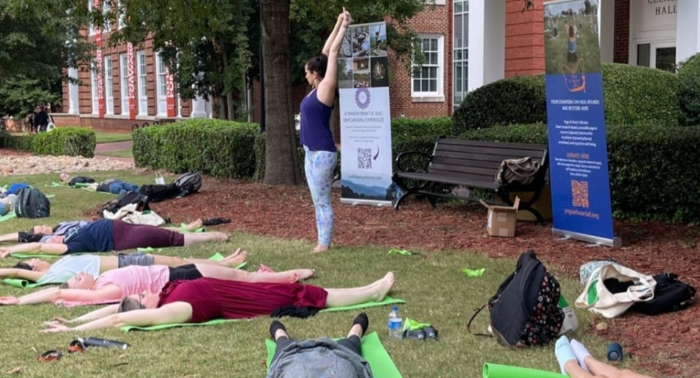Unraveling the Knots of Existence: The 5 Kleshas in Yoga

In the serene world of yoga, there's much more than just physical postures and breathing exercises. Yoga is a philosophy, a way of life that delves into the intricate fabric of our consciousness. At its core, yoga seeks to liberate us from suffering and ignorance, and one of the key elements in this journey is understanding the concept of the 5 Kleshas. In this blog post, we'll embark on a journey to untangle the knots of existence and explore these profound obstacles that hinder our path to inner peace and self-realization.
Ignorance is the first and foremost of the Kleshas. It represents the fundamental misunderstanding of reality. It's not just about not knowing certain facts; it's about not recognizing the true nature of the self. This ignorance is the root cause of all other Kleshas. To overcome Avidya, we must begin with self-awareness and self-inquiry. As we peel back the layers of delusion, we inch closer to understanding our true selves.
Asmita is the sense of "I-ness" or ego that arises when we identify too strongly with our individuality. This egoic attachment blinds us to the interconnectedness of all beings. In our yoga practice, we can observe our ego at work when we compare ourselves to others or seek external validation. By recognizing and disidentifying from the ego, we move closer to unity and self-realization.
Raga represents our attachment to pleasurable experiences, things, and even people. It's the desire to hold on to what feels good and avoid what feels bad. In yoga, this attachment can manifest as an overreliance on external factors for our happiness. To break free from Raga, we must cultivate contentment and inner peace that is not dependent on external circumstances.
Dvesha is the flip side of attachment. It's the aversion or hatred we feel toward things that cause discomfort, pain, or suffering. In yoga, Dvesha can be observed when we avoid challenging asanas or difficult emotions. By facing discomfort with equanimity and understanding, we can reduce our aversions and find inner balance.
Abhinivesha is the fear of death and the innate desire to cling to life. This fear can create anxiety and prevent us from fully living in the present moment. In yoga, we are encouraged to confront our mortality and understand that the impermanence of life is a natural part of the human experience. By transcending this fear, we can embrace life more fully.
The 5 Kleshas are the knots that bind us to suffering, preventing us from realizing our true nature. In our yoga practice, as on our life's journey, we have the opportunity to address these obstacles and gradually unravel them. By cultivating self-awareness, letting go of ego, releasing attachment and aversion, and confronting the fear of death, we move closer to the ultimate goal of yoga: self-realization, inner peace, and liberation from suffering.
Understanding and working with the Kleshas is a profound aspect of the yogic path. It reminds us that the practice of yoga is not just about physical postures but also about the transformation of our consciousness. As we navigate the complexities of existence, the awareness of these five obstacles becomes a guiding light on our journey toward self-discovery and enlightenment.




